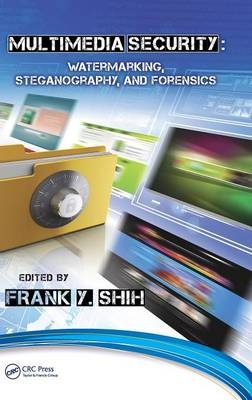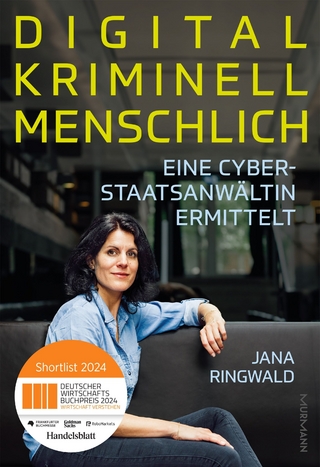
Multimedia Security
Crc Press Inc (Verlag)
978-1-4398-7331-1 (ISBN)
Giving readers an in-depth overview of different aspects of information security mechanisms and methods, this resource also serves as an instructional tool on how to use the fundamental theoretical framework required for the development of extensive advanced techniques. The presentation of several robust algorithms illustrates this framework, helping readers to quickly master and apply fundamental principles.
Presented case studies cover:
The execution (and feasibility) of techniques used to discover hidden knowledge by applying multimedia duplicate mining methods to large multimedia content
Different types of image steganographic schemes based on vector quantization
Techniques used to detect changes in human motion behavior and to classify different types of small-group motion behavior
Useful for students, researchers, and professionals, this book consists of a variety of technical tutorials that offer an abundance of graphs and examples to powerfully convey the principles of multimedia security and steganography. Imparting the extensive experience of the contributors, this approach simplifies problems, helping readers more easily understand even the most complicated theories. It also enables them to uncover novel concepts involved in the implementation of algorithms, which can lead to the discovery of new problems and new means of solving them.
Internationally renowned scholar Frank Y. Shih received his BS degree from the National Cheng Kung University, Taiwan, in 1980. He earned an MS degree from the State University of New York, Stony Brook, USA, in 1983, and a Ph.D from Purdue University, West Lafayette, Indiana, USA, in 1987. He is currently a professor at New Jersey Institute of Technology, Newark, jointly appointed in the departments of Computer Science, Electrical and Computer Engineering, and Biomedical Engineering. He is also director of the school’s Computer Vision Laboratory.
Part I: Multimedia Mining and Classification
Multimedia Duplicate Mining toward Knowledge Discovery. Discriminative Learning-Assisted Video Semantic Concept Classification. An Improved Feature Vocabulary-Based Method for Image Categorization.
Part II: Watermarking
Automatic Detection and Removal of Visible Image Watermarks. Digital Watermarking Based on Chaotic Map and Reference Register. A Pseudo-Random Pixel Rearrangement Algorithm Based on Gaussian Integers for Image Watermarking. Reversible Data-Hiding Techniques for Digital Images. Watermarking Based on Local Binary Pattern Operators. Authentication of JPEG Images Based on Genetic Algorithms. An Efficient Block-Based Fragile Watermarking System for Tamper Localization and Recovery.
Part III: Steganography
Survey of Image Steganography and Steganalysis. Digital Steganographic Schemes Based on Image Vector Quantization. A Differential Evolution-Based Algorithm for Breaking the Visual Steganalytic System. Genetic Algorithm-Based Methodology for Breaking the Steganalytic Systems.
Part IV: Forensics
Image Inpainting Using an Enhanced Exemplar-Based Algorithm. A Comparison Study on Copy-Cover Image Forgery Detection. A Chaos-Based Hash Function with Both Modification Detection and Localization Capabilities. Video Forensics. Using the Self-Synchronizing Method to Improve Security of the Multi-Chaotic Systems-Based Image Encryption. Behavior Modeling of Human Objects in Multimedia Content.
| Erscheint lt. Verlag | 1.10.2012 |
|---|---|
| Zusatzinfo | 48 Tables, black and white; 208 Illustrations, black and white |
| Verlagsort | Bosa Roca |
| Sprache | englisch |
| Maße | 156 x 234 mm |
| Gewicht | 725 g |
| Themenwelt | Informatik ► Netzwerke ► Sicherheit / Firewall |
| Mathematik / Informatik ► Informatik ► Theorie / Studium | |
| Recht / Steuern ► Privatrecht / Bürgerliches Recht ► IT-Recht | |
| Technik ► Umwelttechnik / Biotechnologie | |
| ISBN-10 | 1-4398-7331-3 / 1439873313 |
| ISBN-13 | 978-1-4398-7331-1 / 9781439873311 |
| Zustand | Neuware |
| Haben Sie eine Frage zum Produkt? |
aus dem Bereich


